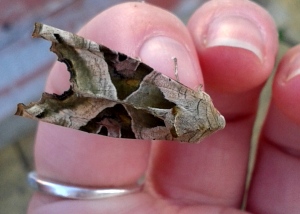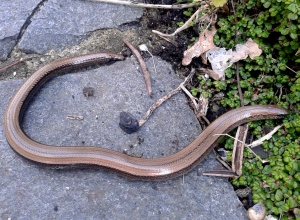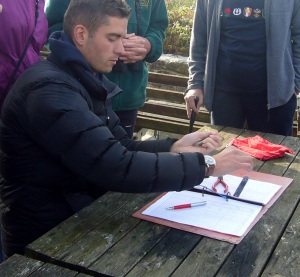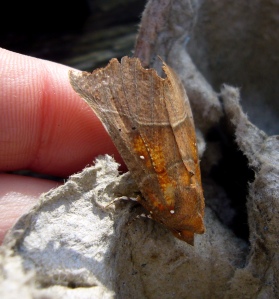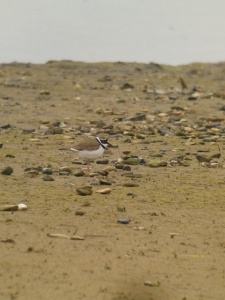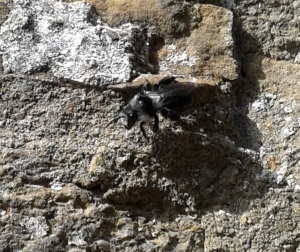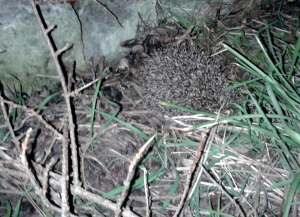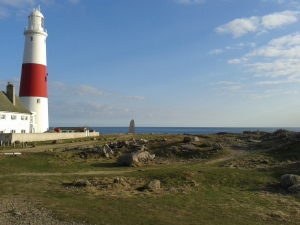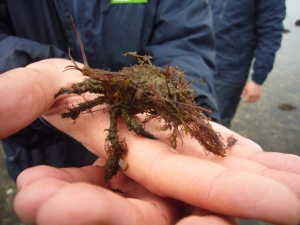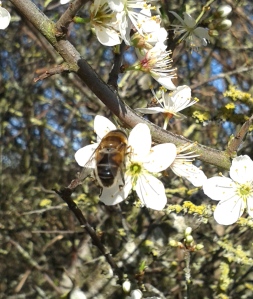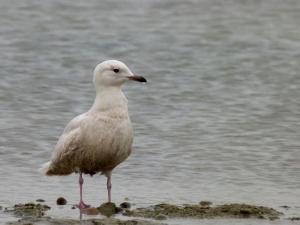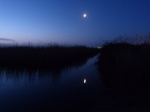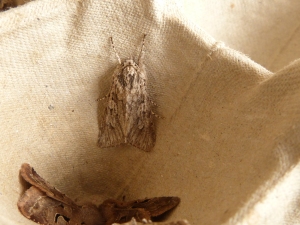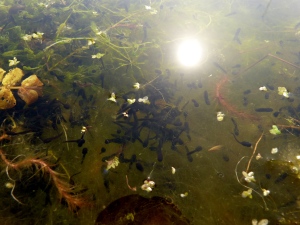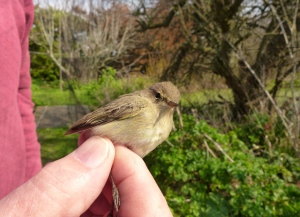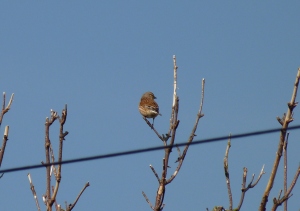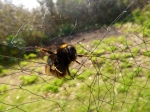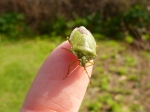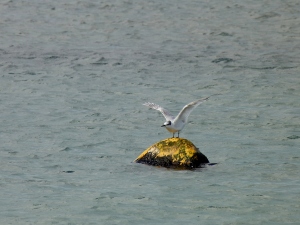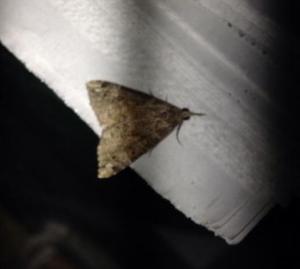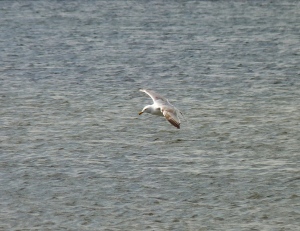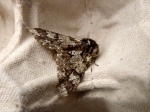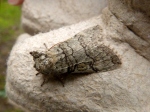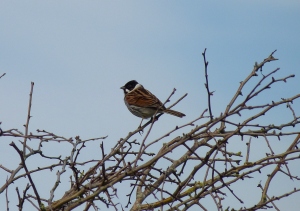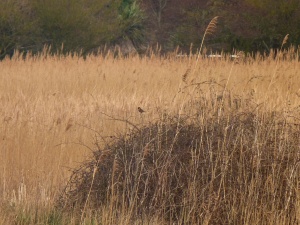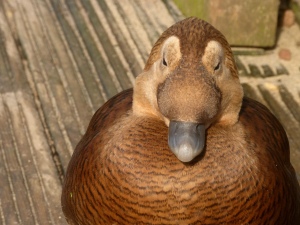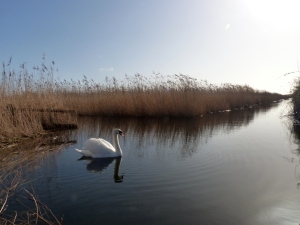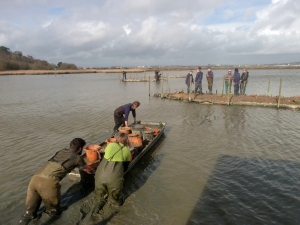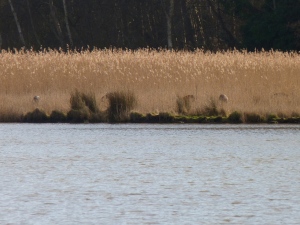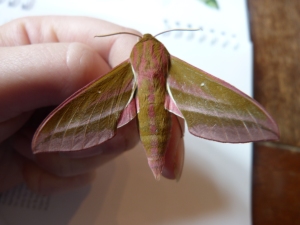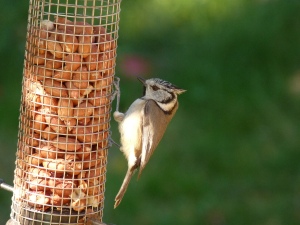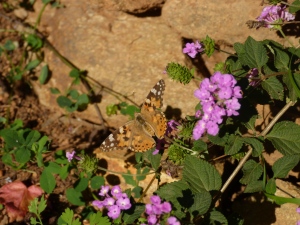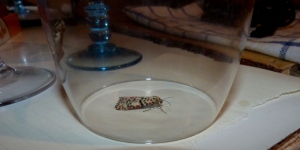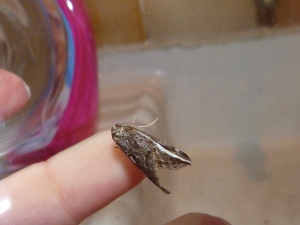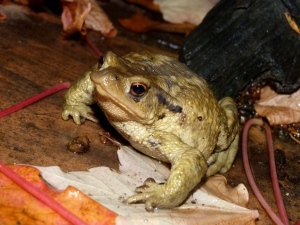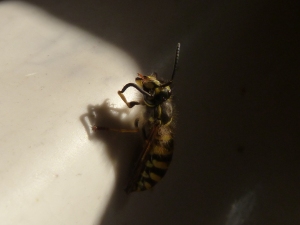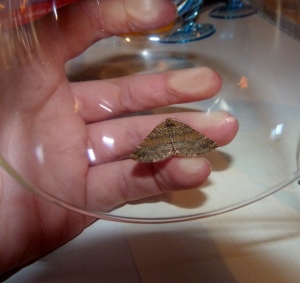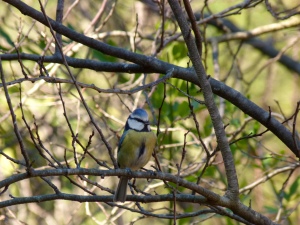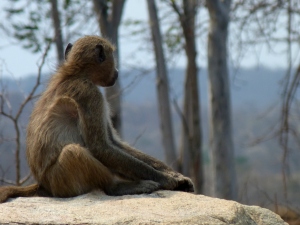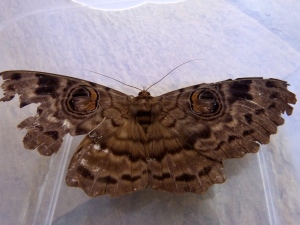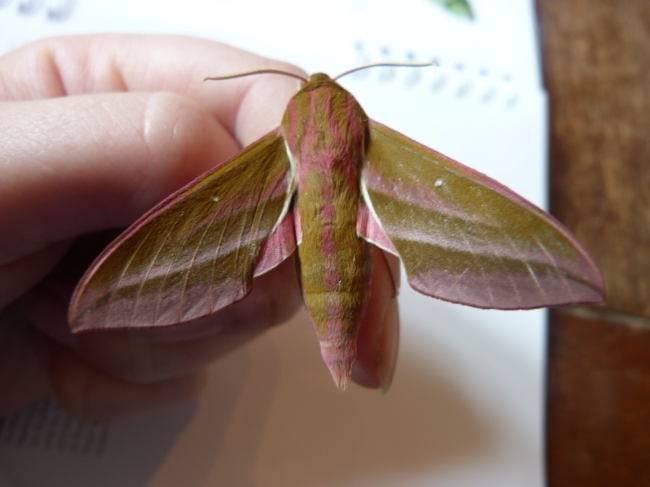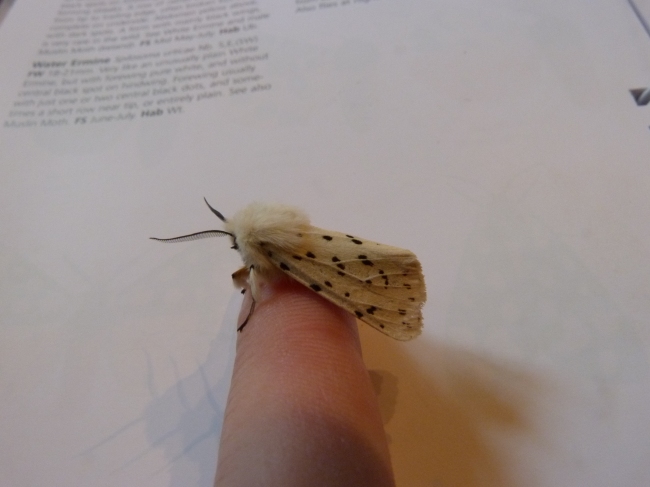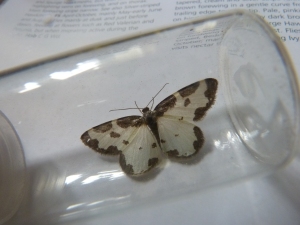A number of new beasties
I gave myself the weekend off from blogging last weekend so there are two weeks to catch up on and it’s been a mixed lot! In the Lepidoptera world, I’ve caught some beautiful moths recently including a Powdered Quaker, Angle Shades and a Plume Moth.
I took the Angle Shades into work (moths are usually fairly happy to be in a bug pot for the day) to convert more people to the moth cause. Well, convert them into appreciating moths. It’s a fantastic example of how amazing moths can be – the way it holds its wings, the pattern, the colouring and the edges of its wing. And everyone was very impressed with it, although I shall continue improving peoples’ perceptions of moths of course (and other wildlife).
For the start of this week, my housemates and I did a lot of squealing as we found a slow worm in the garden!
Despite its name, it isn’t a worm. And despite its appearance, it isn’t a snake. It’s actually a lizard, albeit without the legs. Like other lizards, it is able to lose its tail and regrow it again. This is a neat little trick because if a predator catches its tail, it can just drop it and slither off into cover, and thus survive. The one that I saw in the garden did look like it might have had this occur and new growth was going back. However, I’ve not come across slow worms much so I’m not entirely sure about that.
Thursday saw the volunteers of the Chesil Centre heading up to the wonderful Portland Bird Observatory where the warden (Martin Cade) and assistant warden (Joe Stockwell) showed us how they do bird ringing up there.
Martin had also saved the moths from their moth traps (I believe they run four?!), which I was thrilled with – especially as two of them were new species to me, the Herald and the Red Sword-grass (the latter was caught over on the ‘mainland’ in Preston). I do believe that the volunteers are slowly being converted to appreciating moths, I’m sure my enthusiasm for them helps a lot.
With the help of Sean Foote, I got two more Dorset species “ticked off” – a Little Ringed Plover and a Sanderling, both by the Chesil Centre with a larger group of Ringed Plover and Dunlin. The Little Ringed Plover does look a lot like a Ringed Plover (hence the name) but is quite a bit smaller (again, hence the name). It also has a distinctive yellow around its eye.
My Saturday afternoon was filled with a hunt for otters – unfortunately I didn’t find any (though there may be one nearby) but I did have a nice time outside in the (mostly) sunshine. I did come across an interesting bee as well, who as identified as an Ashy Mining Bee by @Bex_Cartwright. Fun fact: there are around 250 species of bee in the UK, 24 of the 250 are bumblebee species, 1 is a honeybee species and the remaining are solitary bees (like the Ashy Mining Bee). Pretty amazing stuff – 250!!!!
Apologies for the last couple of blog posts in terms of the quality of the photos – my camera is in for repair and I’m having to rely on my phone. Saying that though, they are pretty decent photos for a phone! Technology is pretty amazing!


